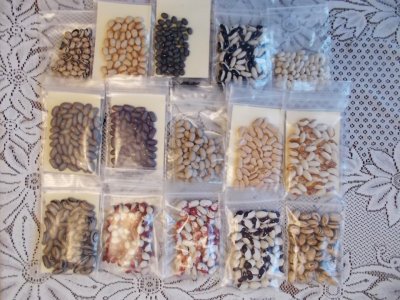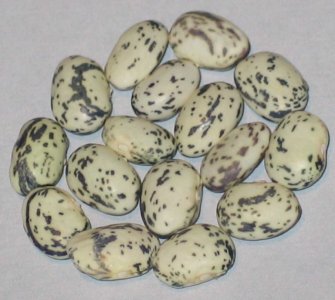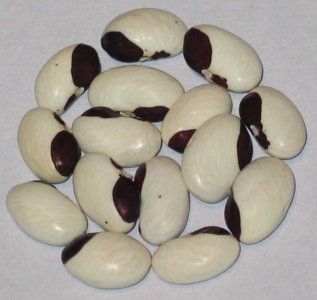Zeedman
Garden Master
You can 'train' bumbles not to make crosses - to a point - by the use of barrier crops. Those are flowering plants grown between different rows/poles of the same species, to give bees places to "wipe their feet" as they work their way across the garden. The barrier crop should bloom before or at the same time as the beans, and be a better pollen or nectar source... which isn't difficult, because beans by comparison are poor at both. Other beans (such as limas & runner beans) are better nectar sources & flower freely over a long period; so they double as good food-producing barrier crops. All members of the gourd family (squash, cucumbers, luffa, and the bitter melon in my avatar) are great pollen sources, and are even more effective if trellised. So are long-blooming flowers such as cosmos, zinnia, and flowering mallow, interspersed between the rows. I've used roughly the same spacing & population sizes as @Eleanor ; and using barrier crops, have seen very few crosses (from my saved seed, none this year).this bothers me too Eleanor -
How close are the spacings I can get away with?
Which plants are most likely to cross?
and can I train bumbles etc to make the crosses I dream of?
Two caveats. Barrier crops work best with bumbles & other bees which are not species discriminant in their feeding habits. Honey bees tend to feed on only one species at a time; so if there is a hive near you, barrier crops may be less effective. Also, some beans - such as "Goose" and some of the Appalachian beans - have proven to be more susceptible to crossing.
You can further minimize the chances of getting a cross by saving pods from the earliest flowers (when bees were less active). And space permitting, it is also advantageous to plant multiple small rows rather than one long row and harvest seed only from the center row.
Well, crosses are difficult to predict. One would think that a cross between two good snap beans would also be a good snap bean; but before I used isolation for beans, I had a few such crosses - and they were all inferior to either of the parents. Keep in mind that whenever you are selecting for something, you are selecting against something else - and apparently unrelated traits are often tied together genetically. The only crosses I would try to save would be those that demonstrated exceptional productivity. I'm hoping to find time to work on a pole bean cross from several years ago, which yielded over a pound of seed from a single plant.and can I train bumbles etc to make the crosses I dream of?




